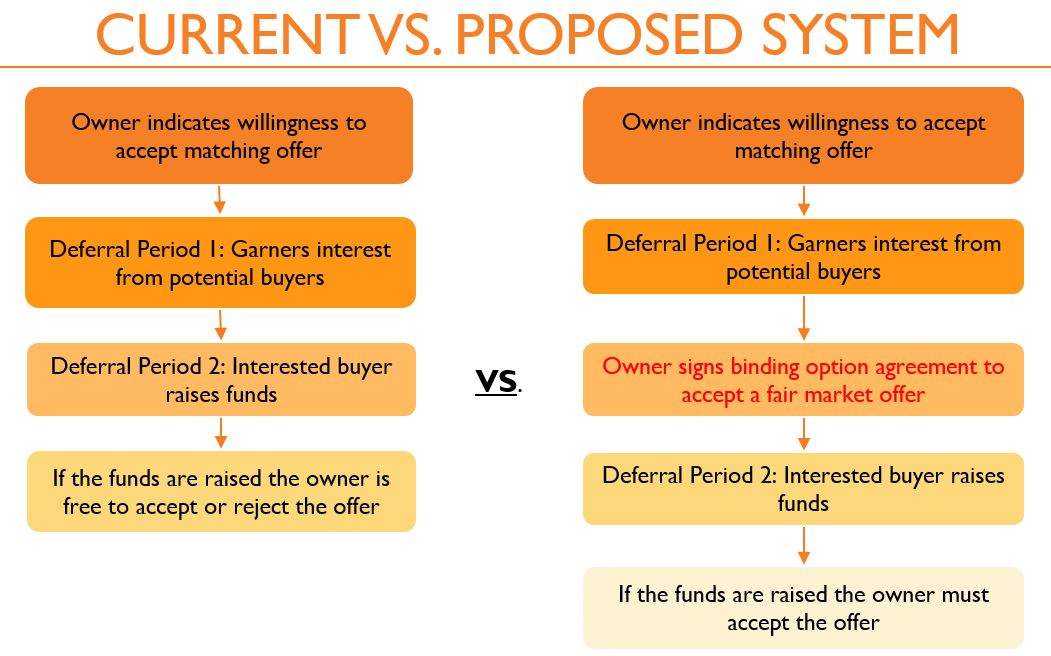Following a consultation period in early 2019, it remains to be seen if the final report will herald changes in the export licensing regime for certain art and antiques. If implemented, the proposals will result in a change from a discretionary to a legally binding system, and could alter the dynamic between the private owner looking to export, and the interests of the public state. Arguably this could be said to shift the position to the public institution's favour, and also make buyers from outside of the UK think twice about purchasing particular works with a view to export. The reception of the proposals by the art market and other stakeholders has been mixed. Questions do remain - is change necessary to the existing system or is it the way funds are raised to retain cultural heritage in the UK that should instead be reevaluated? Will there be a negative impact on the export market? Is the volume of cases or problem of such a size that change is warranted?
The impetus for the consultation was widely understood to be The National Gallery's ("TNG") failure to acquire Jacopo Carruci's (called Pontormo) Portrait of a Young Man in a Red Cap after the new owner allegedly refused TNG's offer to buy the painting following the ban on its permanent export by the Department for Culture Media and Sport ("DCMS") Reviewing Committee on the Export of Works. Unfavourable currency fluctuations resulting in the matching offer not being equally matched were cited as the reason for this. The work was then temporarily loaned to the 'Pontormo: Miraculous Encounters' exhibition held at Le Gallerie Degli Uffizi, Florence; The Morgan Library & Museum, New York; and The J. Paul Getty Museum, Los Angeles between May 2018 – April 2019.
Officially, the Government indicated that it was going to consultation "following instances where the process was deemed to fail" (2018 - Strengthening the Process for Retaining National Treasures Public Consultation). The DCMS expressed concern that there have been a number of cases where licence applications were withdrawn after matching offer fundraising by public institutions was completed. The DCMS stated that this situation "deprives UK institutions of an opportunity to enrich the UK's public collections and causes public institutions and funding bodies to waste time, effort and fund raising credibility by raising the necessary funds only to have their offer rejected." (2018 - Strengthening the Process for Retaining National Treasures Public Consultation).
Discussion around the efficacy of cultural export controls is not new. In 2003 the Quinquennial Review of the Reviewing Committee on the Export of Works of Art considered at length a proposal to introduce a system of binding irrevocable offers and undertaking during the second deferral period, including a draft form of irrevocable offer and undertaking. The Steering Group considered that the then-current scale of the problem (of applicants withdrawing their acceptance) did not warrant a measure for all applicants, stating that "A voluntary and less prescriptive approach was therefore preferred, or a selective adoption of the method in situations where an applicant was seen to be exploiting the system." The Steering group did recommend that the proposal should be considered for introduction by Ministers; however the proposal was not introduced. In 2006-2007 the point was again revisited in the Report of the Reviewing Committee on the export of Works of Art and Objects of Cultural Interest which stated "we accept and must emphasise that the procedures of the export control system must be consistent with Human Rights legislation, and the protection afforded more generally by the law to a person's right to peaceful enjoyment of their private property".
The proposed changes
It has been stated that the existing system aims to strike a balance, as fairly as possible between the various interests concerned in any application for an export licence: protection of national treasures, owner's rights, exporters and the position and reputation of the UK's museums and art market. In this the owner of the artwork in question is not under any requirement to accept any matching offer equivalent to the price they paid.
The changes put forward in the consultation of December 2018 – "Strengthening the Process for Retaining National Treasures", propose the following:
- Introduction of a system of legally binding obligations on owners/applicants to ensure that they are contractually bound by their acceptance of an offer accepted at the beginning of the second deferral period (minimum value £100,000);
- Use of a draft option agreement (binding contract) which would be used to enforce this legally binding system. The option agreement would be specified in a template included in Statutory guidance issued by the Secretary of State (i.e. the inference is that the terms would be non-negotiable); and
- To allow the seller to choose the currency in which the option is priced to reduce commercial risk of exchange rate fluctuations – the draft option agreement allows for two methods:
- Specify consideration in currency other than GBP;
- Specify consideration in currency other than GBP, but for it to be converted into GBP by reference to the exchange rate on the last business day before the day on which the sale of the object takes place. The DCMS proposes that to be eligible for this method, the Seller has to prove they bought the object in a currency other than GBP; and that Purchaser should be able to choose between the alternative methods.

For now the export controls remain as they were, and we continue to wait to see if change is around the corner.